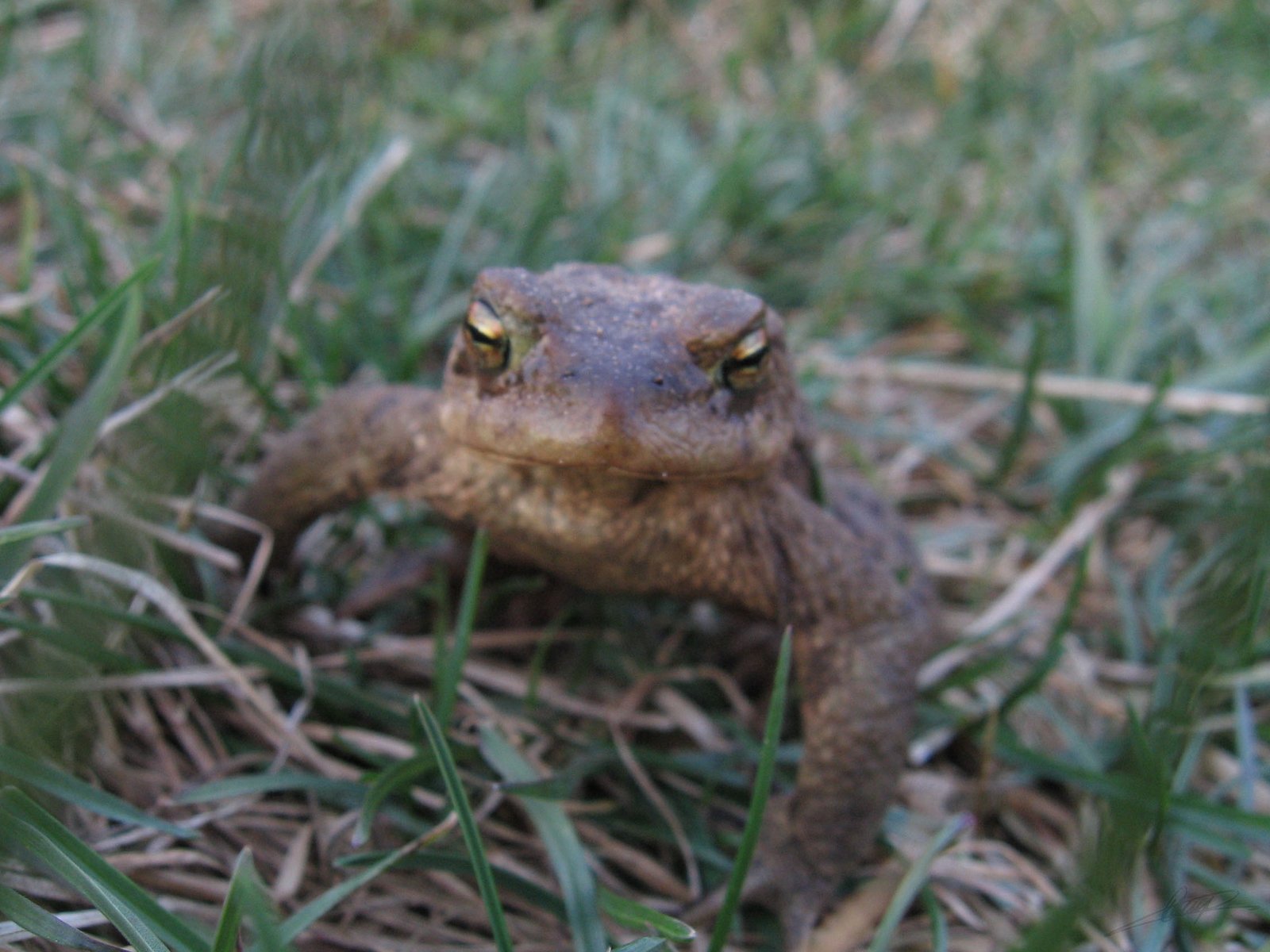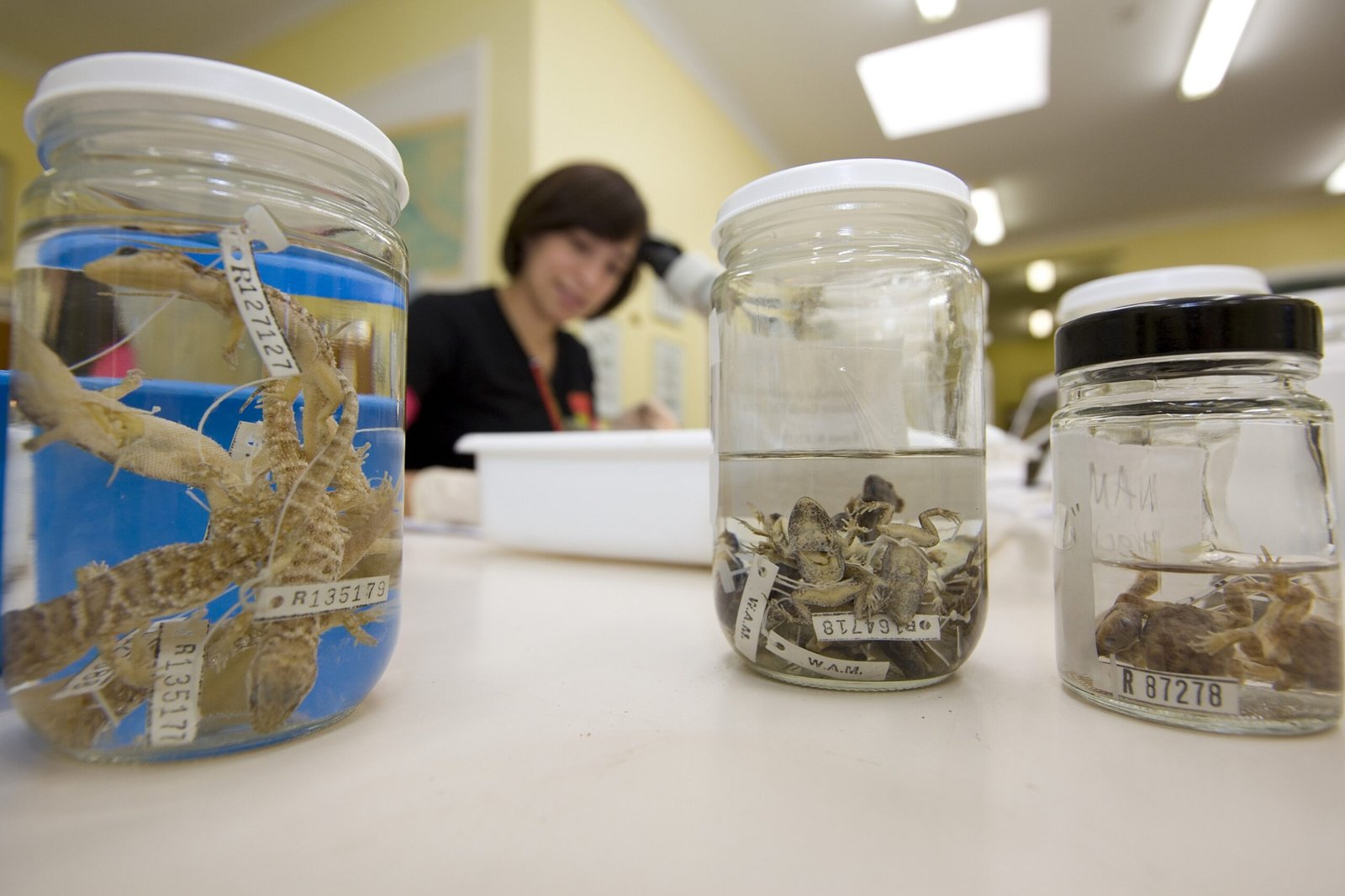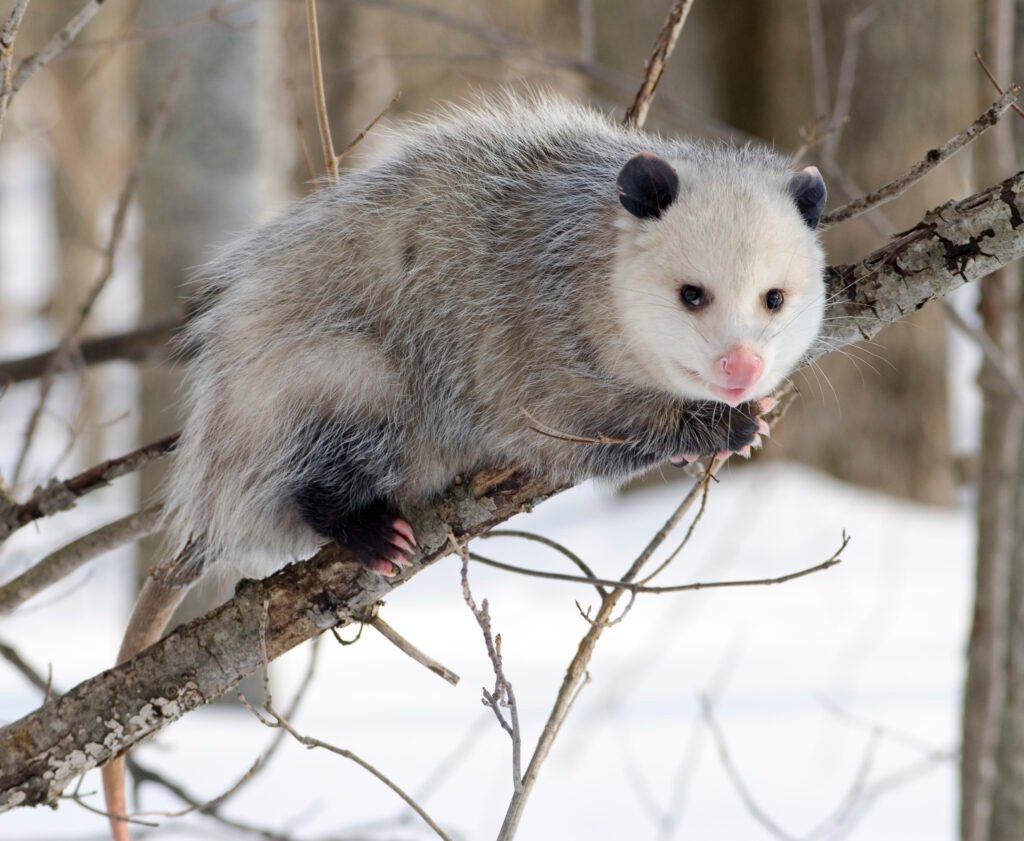
Picture this: a small amphibian, no bigger than your thumb, lies motionless beneath fallen leaves as winter’s grip tightens. Its heart stops beating. Its breathing ceases completely. Ice crystals form throughout its body, turning it into what appears to be a biological popsicle.
Yet come spring, this seemingly dead creature will thaw out, take its first breath, and hop away as if nothing happened. This isn’t science fiction or some exotic creature from the Amazon rainforest. This is the wood frog, and it’s probably living closer to your home than you think.
Meet the Wood Frog: Small Amphibian, Big Reputation

The wood frog (Lithobates sylvaticus) might look ordinary at first glance, but don’t let its humble appearance fool you. These remarkable creatures typically measure just 1.5 to 3 inches in length, sporting brown or tan coloration with darker patches. Their most distinctive feature is a dark “robber’s mask” that extends from their nose through their eyes.
Wood frogs inhabit forests, wetlands, and grasslands across Alaska, Canada, and the northern United States. They’re one of the few amphibians that can survive in Alaska’s harsh climate, making them true pioneers of the amphibian world. During warmer months, they behave like typical frogs, hunting insects and seeking mates near ponds and streams.
The Incredible Freezing Process Begins

When temperatures start dropping in late fall, wood frogs don’t migrate south or burrow deep underground like other animals. Instead, they prepare for one of nature’s most extraordinary survival strategies. They seek shelter under leaf litter, logs, or in shallow depressions where they’ll spend the winter.
As the first frost approaches, something remarkable happens inside their bodies. The frogs begin producing massive amounts of glucose, essentially turning their blood into a natural antifreeze. This process can increase their blood sugar levels by up to 100 times normal concentrations. Think of it as their body’s way of making biological antifreeze, but instead of ethylene glycol, they’re using sugar.
When Ice Takes Over: The Freezing Phase

The actual freezing process is both gradual and dramatic. As external temperatures drop below 32°F (0°C), ice begins forming in the spaces between the frog’s cells. Up to 65% of the water in their body can freeze solid while they remain alive. Their skin becomes hard as a rock, and their limbs stiffen completely.
During this phase, the frog’s vital signs essentially flatline. Their heart stops pumping blood, their lungs cease functioning, and their brain activity becomes undetectable. To any observer, they appear completely dead. Yet somehow, life persists in this frozen state, waiting for spring’s return.
The Science Behind Cellular Survival

The key to the wood frog’s survival lies in where the ice forms. While ice crystals develop in the spaces between cells, the actual cellular interiors remain unfrozen thanks to that glucose-rich antifreeze solution. This is crucial because ice formation inside cells would rupture their membranes, causing irreversible damage.
The process requires precise timing and coordination. The frog’s liver works overtime before freezing begins, converting glycogen into glucose at an incredible rate. This glucose then spreads throughout the body, concentrating in vital organs like the brain and heart. It’s like having a sophisticated internal heating system that doesn’t generate heat but prevents deadly ice formation.
Months of Suspended Animation

For up to eight months, wood frogs remain in this death-like state. They don’t eat, drink, or eliminate waste. Their metabolism essentially stops, allowing them to survive without any energy input. This period of suspended animation is called cryptobiosis, meaning “hidden life.”
During this time, they’re completely vulnerable to predators, but their frozen appearance and lack of movement often provide camouflage. Many predators simply don’t recognize them as potential prey. The frogs become part of the forest floor, indistinguishable from the debris around them.
Spring Thaw: The Resurrection Begins

As spring temperatures rise, the thawing process begins gradually. The ice in the frog’s body starts melting from the outside in, beginning with the skin and moving toward the internal organs. This process can take several hours to complete, and timing is everything.
The frog’s heart is typically the first organ to resume function, often starting to beat while much of the body remains frozen. This initial heartbeat is weak and irregular, but it begins circulating the glucose-rich blood throughout the system. Think of it as jump-starting a car that’s been sitting in a garage all winter.
The Miraculous Return to Life

Within 24 hours of thawing, most wood frogs are fully functional again. Their breathing resumes, their muscles regain strength, and their reflexes return to normal. They’ll often hop away from their overwintering sites as if they’ve simply been taking a long nap.
The speed of this recovery is mind-boggling. One day they’re essentially dead, and the next they’re actively searching for food and mates. It’s like watching a biological resurrection in real-time. Scientists still don’t fully understand how cellular processes restart so efficiently after months of complete shutdown.
The Breeding Rush: Making the Most of Spring

Once fully thawed, wood frogs waste no time in reproduction. They immediately head to breeding ponds, often while snow and ice still cover the landscape. Males begin calling to attract females, creating a chorus that can be heard from considerable distances.
This urgency makes perfect sense from an evolutionary perspective. After surviving winter’s brutal conditions, they need to reproduce quickly before summer’s heat arrives. Their breeding season is typically short but intense, lasting only a few weeks in early spring.
Glucose: The Molecular Hero

The glucose that saves wood frogs from freezing death deserves special recognition. This simple sugar molecule acts as a cryoprotectant, preventing ice crystal formation inside cells. The concentration levels they achieve would be lethal to most other animals, including humans.
What makes this even more remarkable is how quickly they can produce and distribute this glucose throughout their bodies. Their liver can convert stored glycogen into glucose within hours of sensing dropping temperatures. It’s like having a built-in chemical factory that knows exactly when to start production.
Other Animals That Use Similar Strategies

Wood frogs aren’t alone in their freeze-tolerance abilities, though they’re among the most extreme examples. Several other species use similar strategies, including some insects, reptiles, and even a few fish species. The Arctic ground squirrel can survive partial freezing, while certain turtle species use similar glucose-based antifreeze.
However, wood frogs are unique among vertebrates in their ability to freeze so completely and recover so quickly. Their system is more sophisticated than most other freeze-tolerant animals, making them a subject of intense scientific study.
Medical Implications and Human Applications

Understanding wood frog biology could revolutionize human medicine. Researchers are studying their freeze-tolerance mechanisms to improve organ preservation for transplants. Currently, human organs can only be stored for hours before becoming unusable, but wood frog research might extend that timeframe significantly.
The implications for space travel are equally exciting. If humans could somehow adopt similar survival strategies, long-term space missions might become more feasible. While we’re nowhere near achieving this, the basic research is providing valuable insights into cellular preservation and recovery.
Climate Change and Wood Frog Survival

Climate change poses new challenges for wood frogs. Their freeze-tolerance system is fine-tuned to specific temperature patterns and timing. Warmer winters might cause them to emerge too early, while irregular freeze-thaw cycles could disrupt their carefully calibrated survival mechanisms.
Some populations are already showing signs of adaptation to changing conditions. Northern populations seem more resilient than southern ones, possibly because they’ve evolved with more extreme temperature variations. However, rapid climate change might outpace their ability to adapt.
The Limits of Freeze Tolerance

Wood frogs aren’t invincible. They can only survive freezing to certain temperatures, typically around 20°F (-7°C). Beyond this threshold, their antifreeze system fails, and fatal ice formation occurs inside their cells. They also can’t survive being frozen for indefinite periods.
The timing of freeze-thaw cycles is crucial. Multiple freeze-thaw events during a single winter can be more stressful than one prolonged freezing period. Each cycle depletes their glucose reserves and stresses their cellular systems, potentially reducing their survival chances.
Research Challenges and Discoveries

Studying wood frogs presents unique challenges for researchers. They’re difficult to find during winter months, and their frozen state makes traditional biological monitoring impossible. Scientists use specialized techniques like ultrasound and nuclear magnetic resonance to study them without causing damage.
Recent discoveries have revealed that wood frogs also produce specialized proteins that help protect their cells during freezing. These proteins work alongside glucose to prevent cellular damage, creating a multi-layered defense system that’s more complex than previously understood.
Conservation and Habitat Protection

Wood frogs face threats from habitat loss, pollution, and climate change. Their dependence on specific overwintering sites makes them particularly vulnerable to development and forest clearing. Protecting their habitat requires understanding their complete life cycle, not just their breeding requirements.
Conservation efforts focus on maintaining forest connectivity and protecting both breeding ponds and overwintering sites. These frogs need access to diverse habitats throughout their range, making landscape-level conservation crucial for their survival.
The Future of Freeze-Tolerance Research

Scientists continue uncovering new aspects of wood frog biology. Advanced genetic techniques are revealing the molecular mechanisms behind their freeze tolerance, while climate studies track how populations respond to changing conditions. This research has implications far beyond amphibian biology.
Future studies might unlock the secrets of their cellular recovery mechanisms, potentially leading to breakthroughs in treating stroke, heart attacks, and other conditions involving cellular damage. The wood frog’s simple solution to an impossible problem continues inspiring scientists worldwide.
Conclusion

The wood frog’s ability to freeze solid and return to life represents one of nature’s most remarkable survival strategies. These small amphibians have mastered what seems impossible, turning winter’s deadly grip into a mere inconvenience. Their glucose-based antifreeze system, precise cellular control, and rapid recovery mechanisms challenge our understanding of life’s limits.
As we face our own challenges with climate change and medical limitations, wood frogs offer both inspiration and practical solutions. Their story reminds us that life finds extraordinary ways to persist, even in the harshest conditions. The next time you see a small brown frog hopping through your garden, remember that you might be looking at one of nature’s most accomplished survivors.
Who would have thought that something so small could teach us so much about the very essence of life itself?




